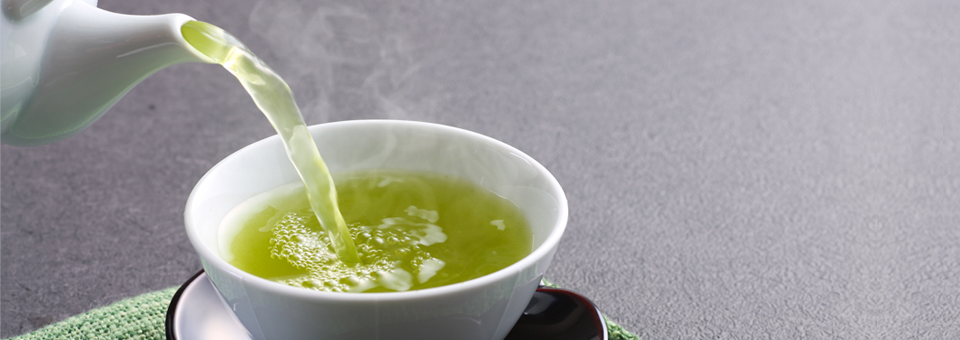Big Pharma’s defenders continue to overlook the real cause of devastating neurodegenerative diseases like Alzheimer’s and Parkinson’s.
As a result, patients are put on drugs with heavy side-effects… that soon stop helping them anyway.
Many patients are unaware there are ways to avoid neurodegenerative illness. But a remarkable new study could help change that.
Researchers determined patients whose diets were rich in antioxidants were 32% less likely to develop Parkinson’s over a 20-year period.
That’s important news… Parkinson’s now plagues nearly 1 million Americans, a number expected to rise to 1.2 million within the decade.[1]
The new study strongly echoes my own clinical experience and research. As my regular readers know, I don’t buy into the consensus that Parkinson’s is an inevitable result of aging. This new study helps prove it.
What’s Really Causing Parkinson’s?
Researchers at the University of Milano-Bicocca in Italy followed 41,000 Swedish adults assigned to one of three groups based on their food intake of vitamins C and E. None had the disease.
After two decades, 465 had developed Parkinson’s. The dopamine-producing neurons in the midbrain substantia nigra region were dying. Without enough dopamine, they faced Parkinson’s tremors, slurred speech, and body-control issues.
But participants consuming the most antioxidants were 32% less likely to develop the disease.[2],[3]
This link between neuron-protective antioxidants and Parkinson’s offers a pretty clear indication of what’s killing dopamine-producing neurons.
According to the CDC, over 300 toxic chemicals are now routinely detected in most human blood samples. They range from pesticides to PCBs to dioxins to heavy metals to flame retardants and many more.[4] Some of them are known to kill nerve cells, and antioxidants are often the only thing that stands in their way.
In fact, one of the earliest signs of Parkinson’s disease is a drop in levels of your
body’s “master antioxidant,” glutathione. Glutathione levels in the brains of Parkinson’s patients decline by about 50 percent.Use Green, White Teas to Shield Your Brain
Another excellent way to protect the dopamine-producing regions of your brain from Parkinson’s is to drink plenty of tea each day loaded with catechins.
The neuro-protective powers of green teas, specifically, are well documented. One meta-study suggested the risk of Parkinson’s drops 26% for every two cups of tea consumed daily.[5] There’s also strong evidence the higher level of polyphenol epigallocatechin-3-gallate (EGCG) in green and white tea blocks the faulty proteins linked to Parkinson’s.[6]
But buyer beware: When it comes to catechin content, it’s hard to know what you’re really getting.
In fact, when researchers compared the catechin levels in various brands of green and white teas, the range was staggering. For white tea, it ranged from a low of 14.40 mg/g to a high of 369.60. Green tea showed similar, sweeping variations.
That’s why I prefer buying my loose-leaf tea from reputable online sources.
Also, try to determine the region your tea is coming from. Tea cultivation is handed down from generation to generation in certain areas.
China’s West Lake area south of Hangzhou, for example, is famous for green tea. But the best source for white tea is about 400 miles south in Fujian province, where it’s a family specialty.
Healthy loose-leaf tea has plenty of fresh leaves and buds. But the only way to be sure you’re getting a high level of protective catechins in your tea is to find a source you can trust.
One question I’m often asked: Which is better, green tea or white tea? Given the variability of catechin levels, there’s no simple answer… and individual taste comes into play here as well.
But here’s a thought: Why not create your own blend of white and green tea together? With loose leaf tea it’s easy to create your own blends. If you dislike the taste of green tea, by the way, you’ll find blending it with milder white tea helps a lot.
The recommended brewing temperatures of green tea and white tea are close enough – about 170 F – that you can brew them together.
And then you’ll have the best of both worlds.
[1] Parkinson’s Foundation. “Statistics.” Parkinson’s Foundation, 13 June 2019, www.parkinson.org/Understanding-Parkinsons/Statistics. Accessed 26 Feb. 2021.
[2] Hantikainen, Essi, et al. “Dietary Antioxidants and the Risk of Parkinson Disease.” Neurology, 6 Jan. 2021, p. 10.1212/WNL.0000000000011373, 10.1212/wnl.0000000000011373. Accessed 20 Jan. 2021.
[3] “Antioxidants Vitamin C and Vitamin E Linked to Lower Risk of Parkinson’s.” Www.aan.com, 6 Jan. 2021, www.aan.com/PressRoom/Home/PressRelease/3848. Accessed 26 Feb. 2021.
[4] “Environmental Chemicals.” CDC.gov, 3 Apr. 2019, www.cdc.gov/biomonitoring/environmental_chemicals.html. Accessed 21 Feb. 2021.
[5] Qi, Hui, and Shixue Li. “Dose-Response Meta-Analysis on Coffee, Tea and Caffeine Consumption with Risk of Parkinson’s Disease.” Geriatrics & Gerontology International, vol. 14, no. 2, 23 July 2013, pp. 430–439, 10.1111/ggi.12123. Accessed 5 Apr. 2019.
[6] Malar, Dicson Sheeja, et al. “Neuroprotective Properties of Green Tea (Camellia Sinensis) in Parkinson’s Disease: A Review.” Molecules, vol. 25, no. 17, 27 Aug. 2020, www.ncbi.nlm.nih.gov/pmc/articles/PMC7504552/, 10.3390/molecules25173926. Accessed 26 Feb. 2021.

